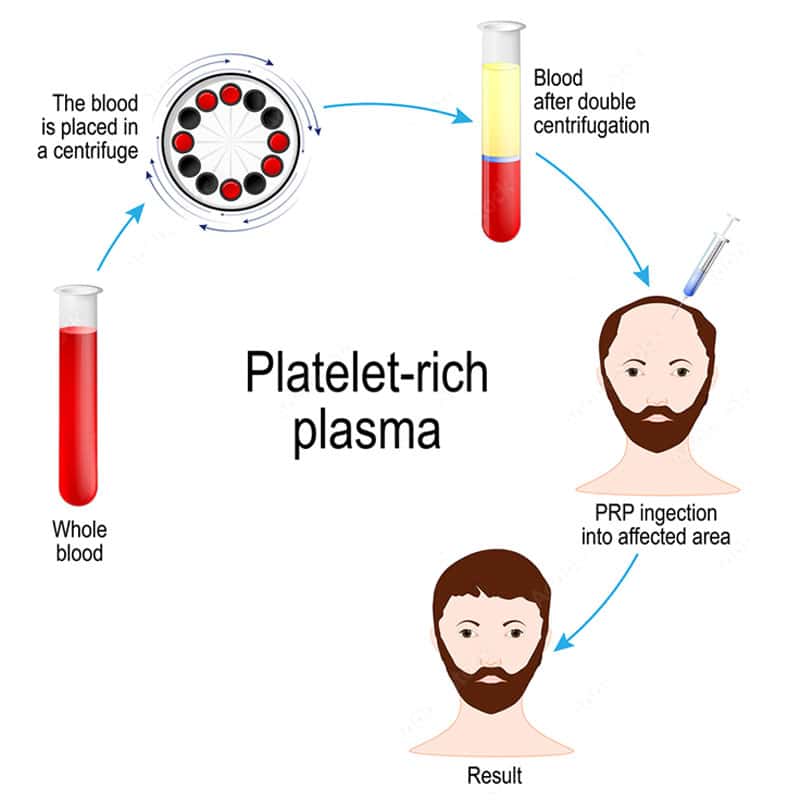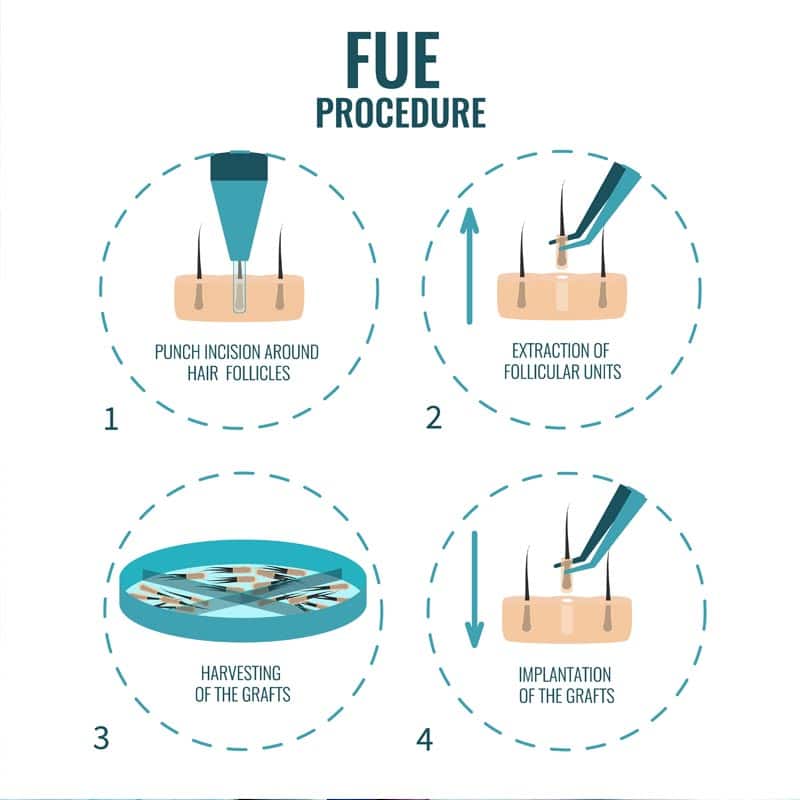Description:
Breast cancer screening and treatment involve measures for the early detection, diagnosis, and therapy of breast cancer. Screening aims to detect breast cancer at an early stage when the chances of cure are highest. Treatment depends on the stage and type of breast cancer, as well as the patient’s overall health, and may include a combination of surgery, radiation therapy, chemotherapy, hormone therapy, and targeted therapy.
Indications:
- Early Detection: Regular mammograms and clinical breast exams are recommended for women, especially those at higher risk due to age, genetic factors, or family history.
- Diagnosis of Breast Cancer: If abnormalities are found during screening or symptoms such as lumps, changes in breast skin or nipple occur, further diagnosis including biopsies and imaging is needed.
- Treatment of Breast Cancer: Treatment is determined based on the cancer stage, tumor size, hormone receptor and HER2 status, and the patient’s individual needs.
Procedure:
- Surgery: Surgical procedures include lumpectomy (removal of the tumor) or mastectomy (removal of the entire breast). Some patients may also have lymph nodes removed to assess the spread of cancer.
- Radiation Therapy: Radiation therapy is often used after surgery to destroy any remaining cancer cells in the breast or lymph node area.
- Chemotherapy: Chemotherapy may be given before surgery (neoadjuvant) or after surgery (adjuvant) to shrink or eliminate cancer cells that may have spread throughout the body.
- Hormone Therapy: For hormone-sensitive breast cancer, hormone therapy may be used to slow or prevent tumor growth by blocking the action of hormones like estrogen that can promote tumor growth.
- Targeted Therapy: These advanced drugs target specific molecules on or within cancer cells, such as HER2-positive tumors, and can increase treatment effectiveness and reduce side effects.
Benefits:
- Early Detection and Prevention: Regular screenings can detect breast cancer at early, treatable stages, increasing the chances of cure.
- Variety of Treatment Options: Depending on the type and stage of cancer, multiple therapy options are available that can be tailored to the individual.
- Reduction of Recurrence: Combined treatment approaches can reduce the risk of recurrence and improve survival.
- Preservation of Quality of Life: By using targeted therapies and minimally invasive techniques, treatment can be less burdensome and more tolerable.




